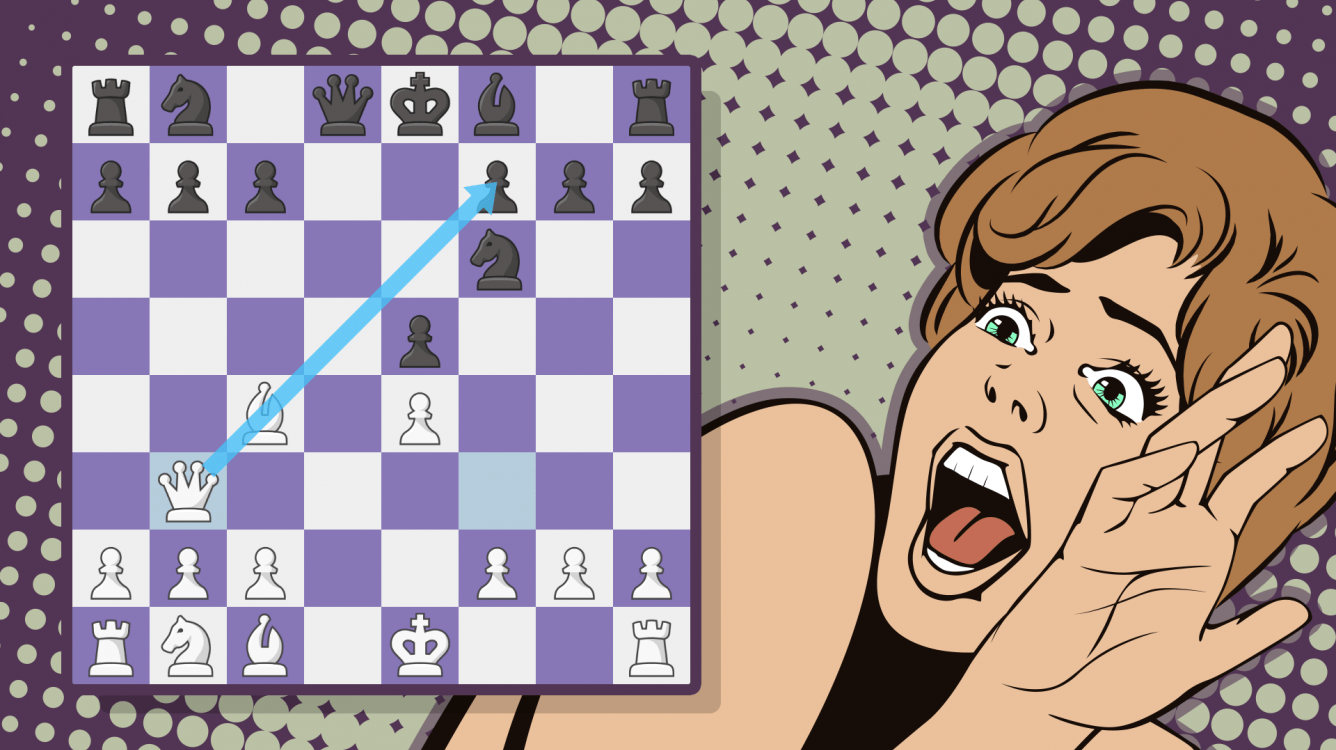
The Deadly Opening Setup
The whole chess community was stunned by GM Garry Kasparov's disastrous result in the first half of the blitz section in the Croatia Grand Chess Tour Rapid & Blitz. While 0.5 out of 9 games is indeed an utter catastrophe, I completely disagree with those people who called it the worst result ever by any top grandmaster. First of all, it was blitz! Even tournaments with a regular time control have witnessed similar disasters.

Who could forget the Candidate match between GMs Bobby Fischer and Mark Taimanov, or the other Candidate match between Fischer and GM Bent Larsen? Both ended with the same lopsided score 6-0 score. Rapid and blitz tournaments are notoriously volatile—once you start going down there is simply no time to calm down and catch your breath. This is how a top GM Alexei Shirov scored 0.5 out of 9 in the 2006 Keres Memorial Rapid. He was the second-seeded player and rated 2710, but his tournament performance was only 2139!
By the way, despite the numerous claims that Kasparov had the absolute worst tournament result of his life, this is also not true. Here is how Kasparov quotes Valery Asriyan in his book Kasparov on Kasparov 1973-1985:
"A thin, lively, dark-eyed boy stands with his mother, awaiting the moment when the arbiters will invite the players to take their seats at the board. We - a group of candidate masters, playing for not the first time in such a tournament - looked with interest at this 'child' who had already caused a stir by qualifying for the semi-final. We didn't know much about him: he was called Garik, surname Weinstein, and he was studying in the Pioneers Palace with the trainer Oleg Privorotsky. And from time to time the anxious thought occurred to each of us: 'Suppose I lose to this boy? They will all laugh at me!' It went ok. The only one they laughed at (and, as it soon transpired, quite wrongly) was Slava Gadzhikasumov. Garik lost the remaining eight games in the first nine rounds, but then he burst into tears, and his mother took him away, not allowing him to finish the tournament."
Garik lost the remaining eight games in the first nine rounds, but then he burst into tears, and his mother took him away, not allowing him to finish the tournament.
Valery Asriyan (as quoted by Kasparov)
A horrible result aside, the following game will haunt Garry for years.
Less experienced players are probably wondering why Black resigned in the final position. Well, White has two deadly threats: to open the e-file by playing 8.exd4 and to play 8.Ng5 winning the f7 pawn and completely wrecking the Black position. Nevertheless, in one of the games where this position occurred Black decided to continue the fight and even managed to win the game!
While this example would complement my old article "Why You Should Never Resign," I don't think Kasparov would have had any realistic chance against such a formidable attacking player as GM Shakhriyar Mamedyarov. So, today I would like to discuss this powerful attacking setup that forced Kasparov to resign in just seven moves.
One of the first things that we learn when we start playing chess is that the f7 square is the most vulnerable spot in the initial position. The powerful combo of Qh5 and Bc4 becomes the weapon of choice for most beginners. But there is another way to attack the f7 pawn using your queen and light-squared bishop. The battery of Qb3 and Bc4 might be not as popular as Qh5 and Bc4, but it is nevertheless quite deadly, as the game Mamedyarov vs. Kasparov demonstrates.
Gioachino Greco discovered the power of this battery 400 years ago and that's how the famous "Greco Attack" was born:
The same setup Qb3 and Bc4 helped Morphy to win his famous "Opera Game."
While it is not very common, Black can use this setup too! Here is a game between two amateur players:
Do you like this attacking setup? Well, I have great news for you then. There is an opening that is specifically designed to execute this attacking pattern. Of course, I am talking about the good ol' Evans gambit. Here are two games of world champions that demonstrate the concept quite well:
While the setup with Qb3 and Bc4 is extremely dangerous, it is not some miracle weapon that always wins. Here are two games of world champions where this attacking pattern backfired:
If you have never used this attacking setup in your games then I strongly recommend you try it. First of all, you should definitely get familiar with this powerful weapon. And also, regardless of the result of your game, I guarantee you a lot of fun and adventure!



